Big cats, which include lions, tigers, leopards, jaguars, and cougars, are not only majestic creatures but also hold significant cultural importance in many indigenous communities worldwide. These large predators often symbolize strength, power, and mystery and are woven into the fabric of myths, religious beliefs, and cultural practices. This article explores the multifaceted cultural impact that big cats have had on indigenous communities, shedding light on how these animals continue to influence traditions and ways of life.
Mythology and Symbolism
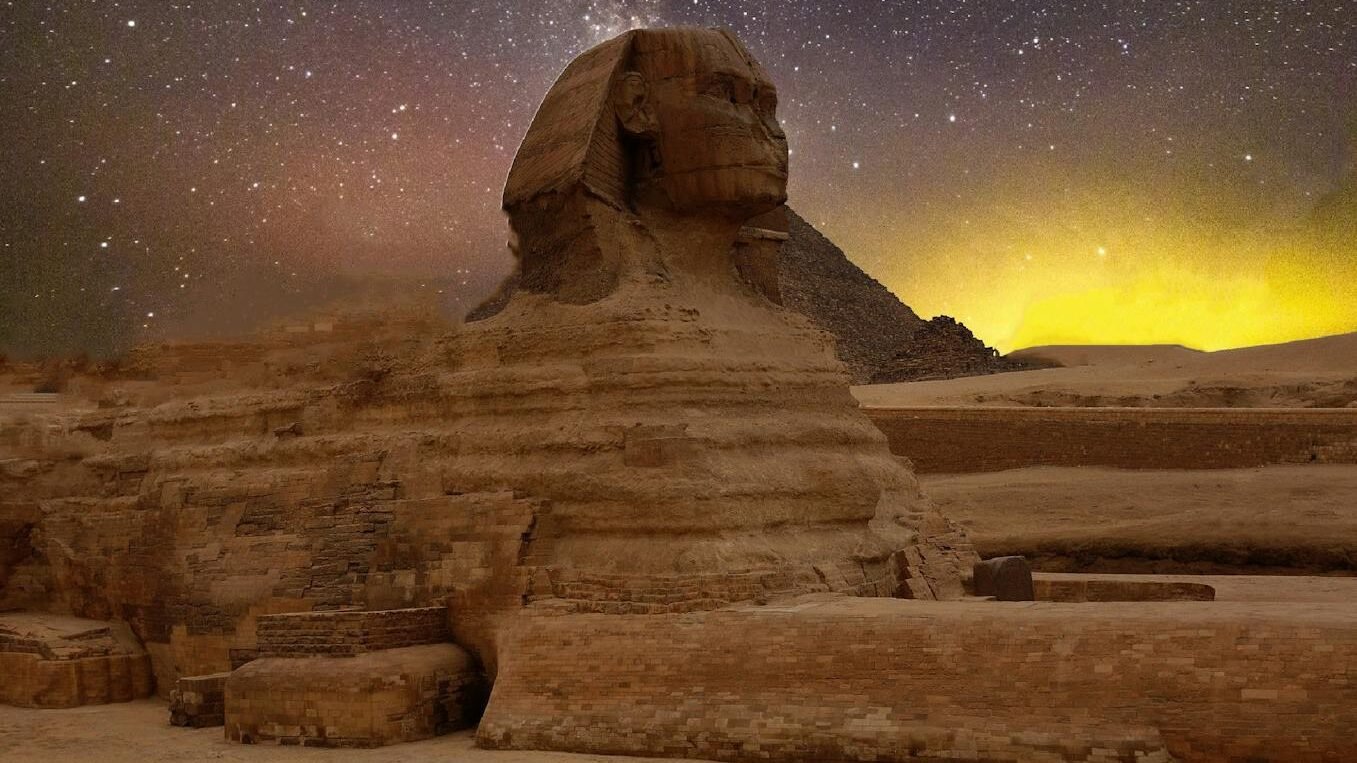
In various indigenous cultures, big cats are central figures in mythology and are imbued with symbolic meanings. For example, in African folklore, the lion is often associated with leadership and bravery, while the leopard represents cunning and survival skills. In the Amazon, the jaguar is revered as a powerful spiritual figure, often seen as a guardian of the forest. Many stories and legends are passed down through generations, using the imagery of big cats to convey moral lessons and community values.
Spiritual Significance
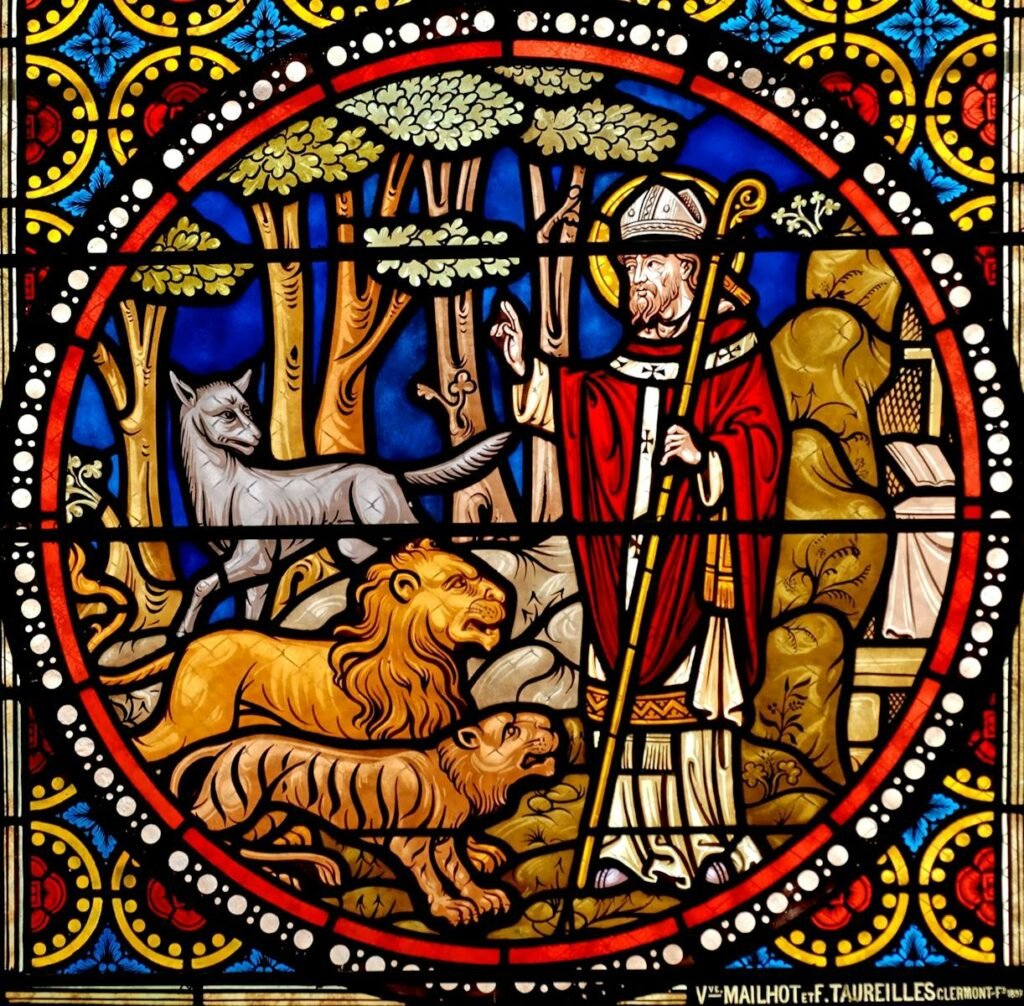
Big cats often hold spiritual importance in indigenous belief systems. In North American indigenous tribes, the cougar or mountain lion is seen as a significant totem, embodying stealth and power. Similarly, for the Maya and Aztec civilizations, the jaguar was not only a symbol of the gods but also a conduit between the physical and spiritual realms. Rituals and ceremonies involving representations of big cats are common, aimed at invoking their strength and protective qualities.
Role in Art and Craftsmanship
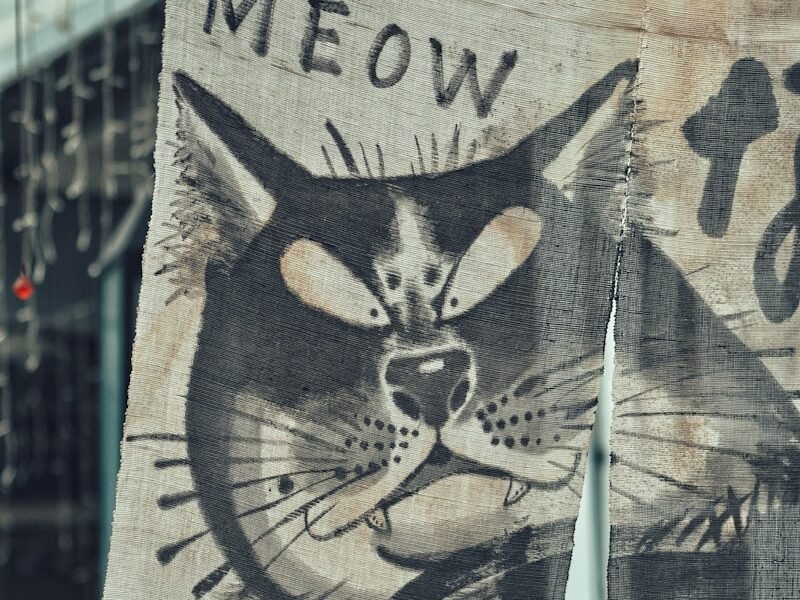
The impact of big cats extends into the artistic expressions of indigenous communities. From intricate carvings and sculptures to vibrant textiles and paintings, these animals inspire creativity and craftsmanship. Artistic depictions of big cats are often imbued with cultural narratives, capturing the essence and the mystique of these fascinating creatures. Many craftspeople incorporate symbolic meanings into their work, reflecting the community’s relationship with these predators.
Influence on Language and Names
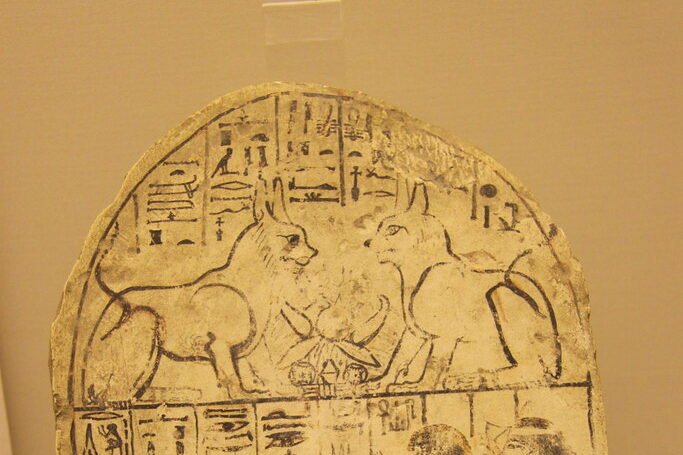
In numerous indigenous languages, words for big cats are rich with descriptive imagery, reflecting the animal’s characteristics and the community’s relationship with them. Names derived from these animals are commonly used for individuals, places, and even social groups, symbolizing desired traits such as strength and agility. Linguistic expressions and idioms often reference big cats, demonstrating how deeply ingrained these animals are in everyday communication.
Conservation Efforts Led by Indigenous Communities

Indigenous communities play a crucial role in the conservation of big cats and their habitats. Many of these communities live in close proximity to big cat populations and advocate for sustainable practices that balance ecological and cultural preservation. Through traditional ecological knowledge, they have developed strategies that promote biodiversity and habitat protection, often leading conservation efforts that are more effective than conventional methods. Collaboration between indigenous groups and conservation organizations is crucial to ensure the survival of these iconic animals.
Impact on Hunting Practices and Traditions
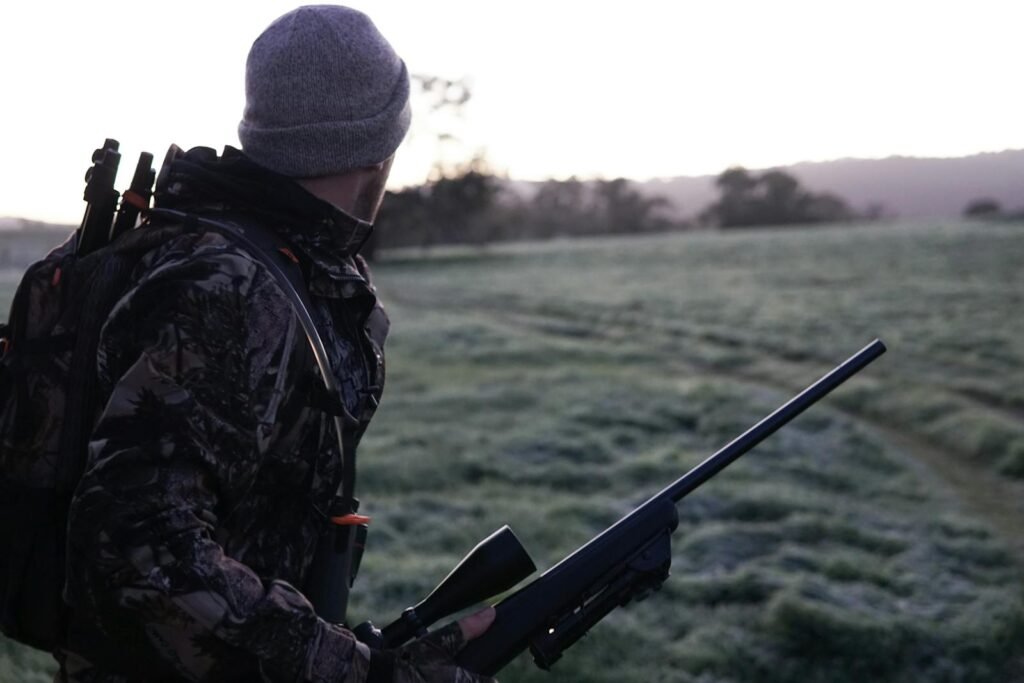
For some indigenous communities, hunting big cats was historically part of their cultural practices, often as a rite of passage or for sustenance. However, with changing ecological dynamics and the increasing threat to big cat populations, many communities have shifted towards protection and reverence rather than hunting. In some cases, traditional hunting practices have transformed into sustainable wildlife management practices that align with conservation goals while respecting cultural heritage.
Case Studies of Big Cats in Specific Indigenous Cultures

Examining specific indigenous cultures offers deeper insights into the diverse relationships between these communities and big cats. For instance, the Maasai of East Africa have intricate social norms surrounding the lion, symbolizing bravery and shaping cultural identities. Similarly, the Ashaninka in the Amazon have profound spiritual connections to the jaguar, viewing it as an ally in maintaining ecological balance. Each case study reveals unique interactions and mutual responsibilities between humans and these majestic animals.
Challenges to Cultural Relationships with Big Cats
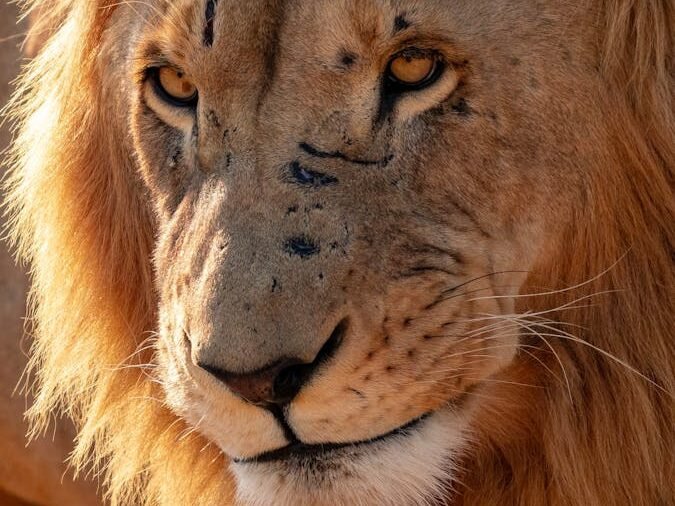
Modern challenges, such as habitat loss, poaching, and climate change, threaten both big cat populations and the cultural traditions of indigenous communities. Moreover, the imposition of external policies and development projects can disrupt traditional ways of life, eroding the cultural connections that communities have with big cats. Addressing these challenges requires a nuanced understanding of both ecological and cultural factors, ensuring that indigenous voices are central in developing sustainable solutions.
The Future of Big Cats and Indigenous Cultures
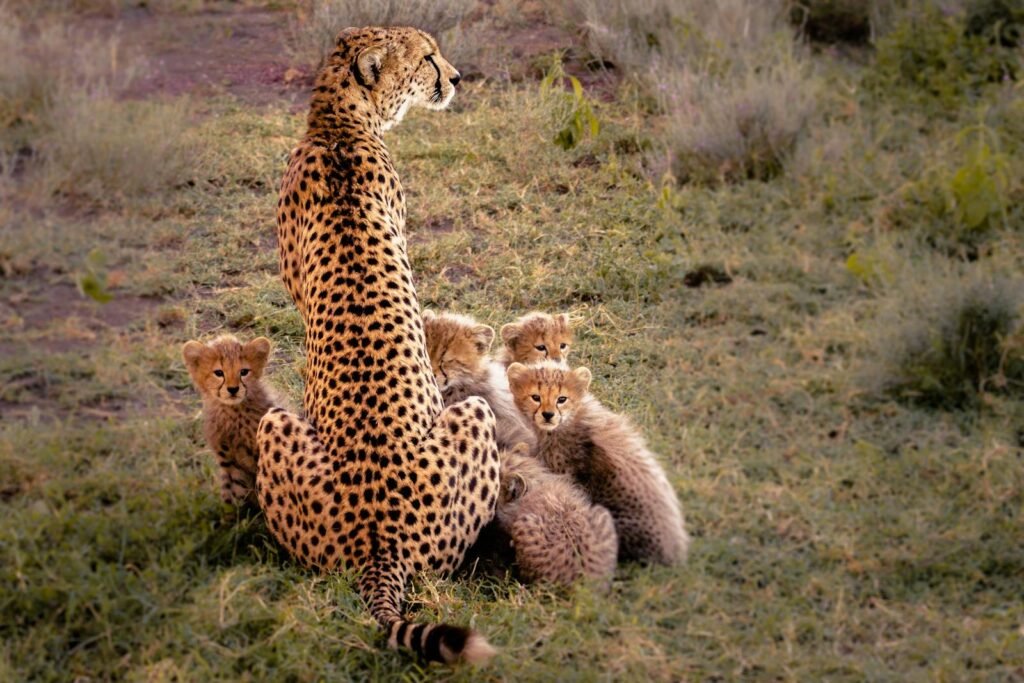
Looking forward, the continued survival of both big cats and indigenous cultural practices depends on fostering respectful and reciprocal relationships. By appreciating the cultural significance of these animals, conservation efforts can be more culturally sensitive and effective, supporting both wildlife and human communities. As the global understanding of conservation evolves, the voices and knowledge of indigenous peoples will be vital in shaping a future where big cats and their cultural legacies are preserved for generations to come.
Conclusion
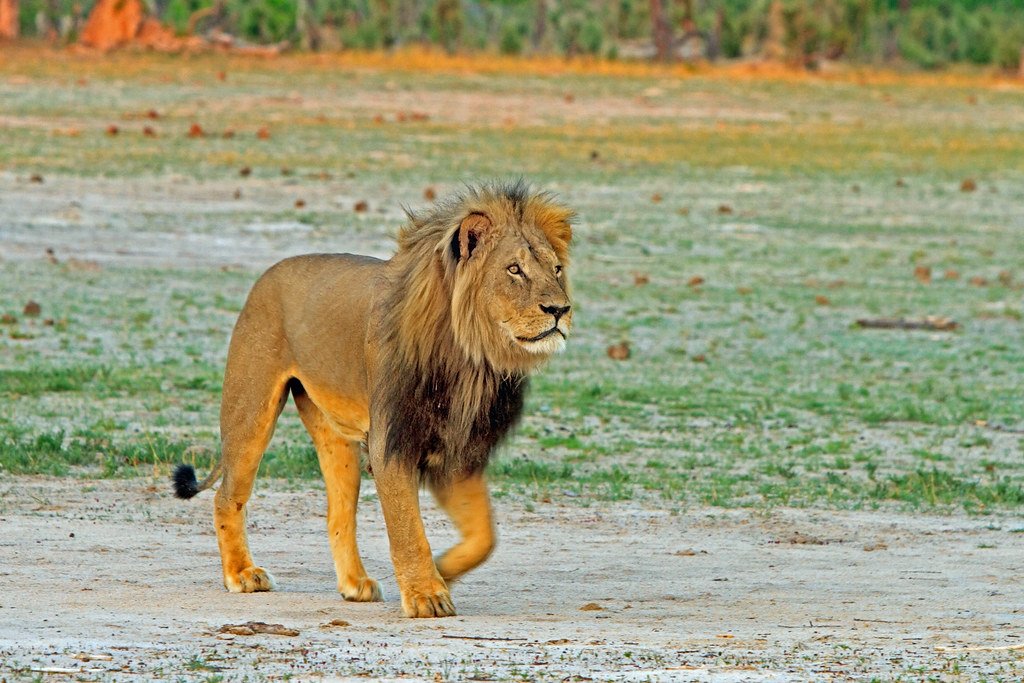
The cultural impact of big cats in indigenous communities is profound and multifaceted, encompassing mythology, spirituality, art, and conservation. These majestic animals not only enrich the cultural identities of communities but also serve as symbols of ecological interconnectivity and resilience. By recognizing and respecting the deep cultural bonds that exist, we can ensure a harmonious future for both indigenous peoples and the iconic big cats that inspire them.

With over a decade of experience as a dedicated cat lover and enthusiast, I specialize in writing captivating content about all things feline. My expertise shines through in creating engaging and informative pieces that resonate with fellow cat lovers. As a proud cat parent to my beloved Duston, my personal connection to the world of cats adds authenticity and warmth to my work, making it relatable and heartfelt.






